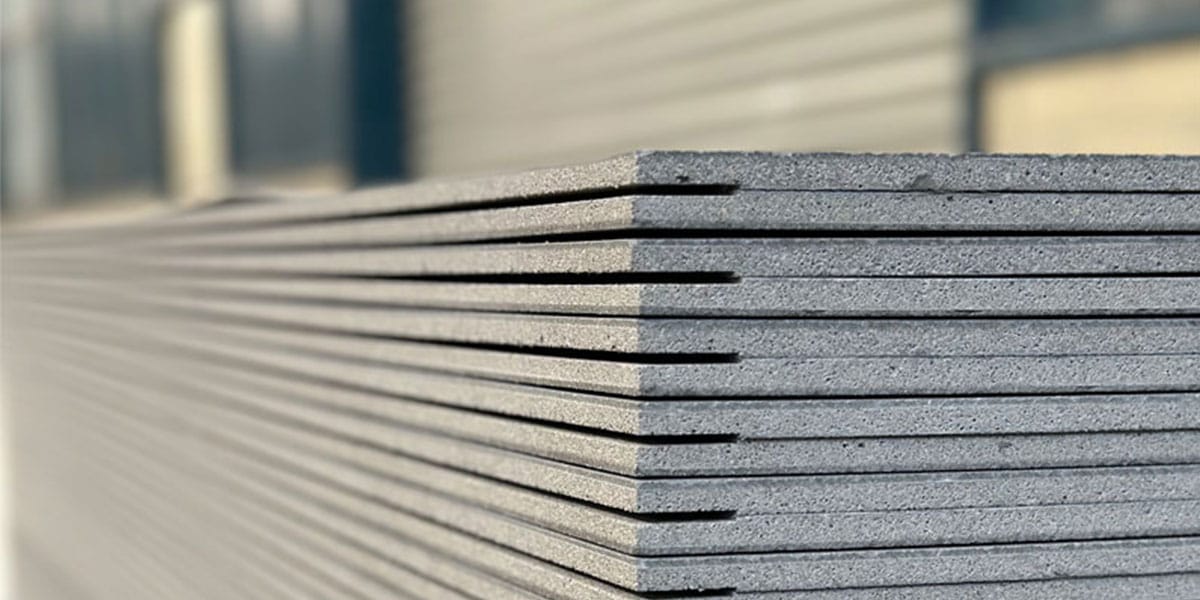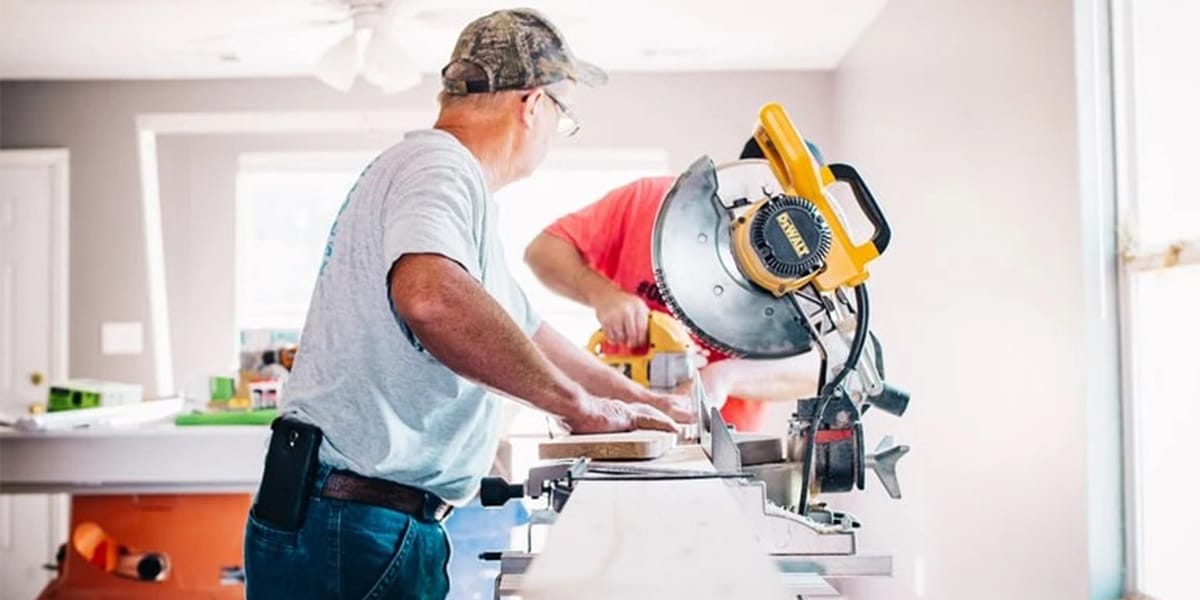
15 Aug What are the Disadvantages of Magnesium Oxide Board?
Table of Contents
Every construction material has pros and cons, and MgO boards (Mgo Panels) are no different! Disadvantages do not necessarily mean that the material is bad. They just have a specific application! Let’s see what the downsides of MgO boards are!
Exploring MgO Board Drawbacks
MgO boards’ disadvantages include their cost, installation, limited availability, and moisture sensitivity. Other common drawbacks are potential brittleness, aesthetic challenges, and weaker nail-holding power. Let’s check those out!
MgO Boards are a bit Pricey
MgO boards are known for their high performance and durability. But, these qualities come at a higher price than traditional materials, like plywood. MgO boards are a product of an advanced manufacturing process. They are also made with high-quality materials, which contribute to their cost. If you are operating on a lower budget, this can be an issue. The upfront expense may be prohibitive for some builders and homeowners. So, other materials may be more suitable if your primary concern is cost efficiency. But keep in mind that quality and price are often correlated.
MgO Boards: A Challenge to Install
 MgO boards are harder and denser, requiring specialized tools for cutting and shaping. Standard tools used for gypsum boards often prove inadequate. This complexity demands a higher skill level from installers. Plus, it extends the time required for installation, thereby increasing labor costs.
MgO boards are harder and denser, requiring specialized tools for cutting and shaping. Standard tools used for gypsum boards often prove inadequate. This complexity demands a higher skill level from installers. Plus, it extends the time required for installation, thereby increasing labor costs.
If you are looking for precision while cutting MgO boards, you will need a plunge or circulas saw. I’m talking about saws with a diamond-tipped blade or a thin carbide blade. These saws and blades are very expensive, so it may be a drawback for many builders.
Given the potential for increased installation time and higher labor costs, it’s advisable to consider pre-cutting MgO boards at the factory to ensure a faster and more efficient installation process on the job site. This approach can help mitigate some of the challenges associated with working with MgO boards and save both time and money in the long run.
MgO Boards are not Always Easy to Find
The availability of MgO boards can vary depending on the region. In areas where these boards are not commonly used, local suppliers may not stock them. This can lead to potential procurement delays. Ordering MgO boards from distant suppliers often increases shipping costs. Their limited availability can be a challenge for larger projects. Why? Because it may need a consistent supply of materials. You must plan ahead if the boards are not readily available in your region. The other option is ordering in bulk, which can complicate logistics and storage.
MgO Boards Can be Brittle
MgO boards are super rigid and hardy, which means they can be more brittle. Their rigidity increases the risk of cracking or breaking. If you ever tried cutting, handling, or installing them, you already know this!! The brittleness of MgO boards primarily arises from their composition and manufacturing process. They are made of magnesium oxide, fillers, and binding agents.
Fillers help create a rigid and dense structure. While this composition contributes to their strength, it makes them less flexible. The dense, crystalline structure of MgO boards does not absorb impact well. In other words, it increases the likelihood of cracking or breaking under stress.
MgO Boards Have Weaker Nail Holding Power
While the MgO boards’composition makes them unique and extra durable, it also has disadvantages. MgO boards do not have the same gripping power as wood fiber materials. Their density also translates to fewer natural cavities for nails to grab onto.
So, if you plan to hang cabinets or shelves on MgO board walls, other materials with better nail-holding properties might be a safer choice. Or, you can use screws, wall plugs, and anchors for MgO boards. Despite their advantages, you can still use them effectively in your project.
MgO Boards Can Offer Aesthetic Challenges
Achieving a smooth surface finish on sulfate-based MgO panels can be challenging. It comes back to their composition and inherent roughness again. Working with MgO boards may need extra finishing steps, such as skim coating and sanding. Obviously, this can increase the labor and material costs. If you plan to paint or add coating, you may need to use a specialized primer to ensure adhesion.
Issue of Moisture Sensitivity: MgO Boards vs. MOC Boards
 MgO boards are often confused with MOC boards, or people put them in the same basket! But, they have a crucial difference, which affects their performance. They are both magnesium oxide boards. But, their binding agent plays a vital role in their potential disadvantages.
MgO boards are often confused with MOC boards, or people put them in the same basket! But, they have a crucial difference, which affects their performance. They are both magnesium oxide boards. But, their binding agent plays a vital role in their potential disadvantages.
MOC Boards- More Hydroscopic
MOC boards are made from magnesium oxide (MgO), magnesium chloride (MgCl2), and water. This combination creates a strong, hard cement-like material known as magnesium oxychloride cement. MOC boards show good mechanical properties. But, their magnesium chloride content makes them hygroscopic. It means that they readily absorb moisture from the environment. MOC boards can absorb moisture when exposed to high humidity or direct water contact.
Absorbing moisture can cause the boards to change shape, swell, and warp. Prolonged exposure to moisture is not recommended with both boards. But, with MOC boards, this prolonged exposure can accelarate their degradation. Moisture can also dissolve the chloride salts within the boards. The salt can move to the surface and crystallize, resulting in powdery residue.
MgO Boards- Less Hydroscopic
MgO boards with magnesium sulfate as a binder have better moisture resistance. It basically enhances their moisture-resistant properties. Most importantly, magnesium sulfate is less hygroscopic than magnesium chloride. It means that sulfate does not absorb moisture so readily. This reduces the likelihood of swelling, warping, and powdery residue. MgO boards with magnesium sulfate are more stable and durable in humid environments. They are also less likely to contribute to the corrosion of metal components.
Thus, MgO boards are great for applications in areas with high humidity. Those include bathrooms, kitchens, and exterior sheathing. Compared to MOC boards, MgO boards generally have fewer disadvantages. MgO boards with magnesium sulfate are preferable due to their superior moisture resistance. That is why other builders recommend MgO for areas with relative or high humidity.
Before buying MgO boards, check their composition. With new players entering the MgO board market, researching their composition is a must.
Conclusion
The drawbacks of MgO boards include high price, limited availability, and challenging installation. They can also be very brittle, sensitive to moisture, and offer less secure anchoring for nails. But, when weighing out the pros and cons, you need to consider the composition of MgO boards. As I pointed out, not all MgO boards are the same. Their performance is related to their composition and the presence of chloride!
